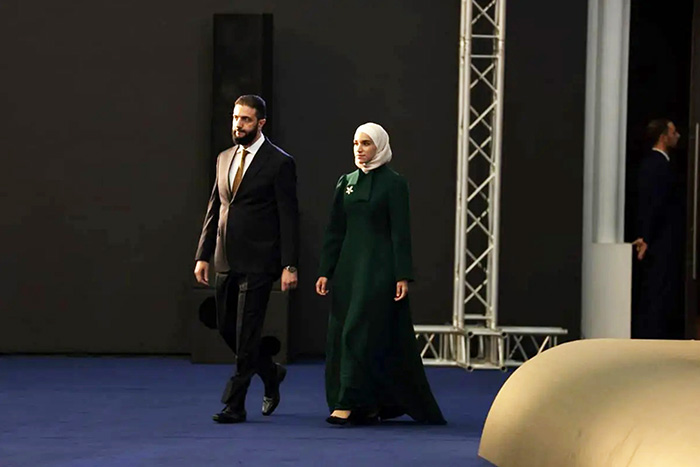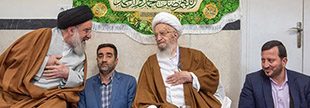In a move rich with symbolism and historical significance, Syrian President Ahmed al-Sharaa stood before the world this week at the Presidential Palace in Damascus, revealing the country’s new national emblem — a golden eagle with three stars above its head. It is a moment being hailed by state media and reformist circles as the dawn of a new Syria: a post-Baathist republic striving to unify a nation long fractured by civil war, foreign intervention, and political oppression.
“Today,” President al-Sharaa declared in his address, “we unfurl a symbol that speaks not of regimes, parties, or factions, but of a united and indivisible Syria, of a people longing not just for survival, but for freedom.”
The ceremony, watched live across the country and streamed internationally, marks a significant pivot away from the symbols associated with nearly six decades of Baathist rule. With the ousting and subsequent flight of Bashar al-Assad to Russia in the winter of 2024, Syria has entered a new and uncertain chapter — and its new leadership is clearly working to define a national identity distinct from the authoritarian past.

